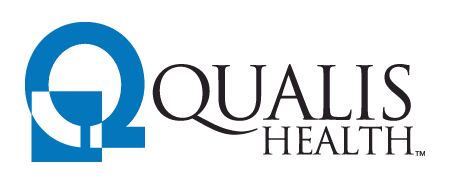
Access to oral health care for the uninsured, underinsured, and underserved continues to perplex advocates, providers, funders and policy makers, and appears to be growing scarcer with time. Contributing to the access issue is the known shortage of dental providers in underserved communities, both urban and rural, with 46 million people living in federally designated Dental Health Professional Shortage Areas (DHPSA), an estimated 30 million of whom lack access to a dentist.
In addition, most low income people rely on Medicaid to support their dental health care needs; however, many states do not provide adult dental benefits while other states are reducing budgets and severely cutting or eliminating adult dental benefits in their effort to reduce costs. Many dentists do not participate in their state Medicaid programs because of burdensome paperwork and low reimbursement rates. According to the 2008 Pew Center study, state Medicaid programs reimburse less than 60.5 cents of every $1 billed by a dentist.
Over the years, the Funders Oral Health Policy Group (FOHPG) and many others have identified a number of promising strategies to better meet the oral health needs of the underserved population. Several opportunities exist to expand oral health services in state Medicaid benefit plans, and range from covering women receiving prenatal care; screening and risk assessments for 0-3 year old children, and full scope dental services for adults with chronic conditions such as diabetes or cardiovascular disease. Another promising strategy is to incorporate oral health competencies into primary care practice settings. Our approach to health professional education must be modified in order to prepare new graduates for their role in the co-management of medical and oral health care for children and adults. New models of reimbursement must also be considered so that fully integrated models can emerge and thrive.

